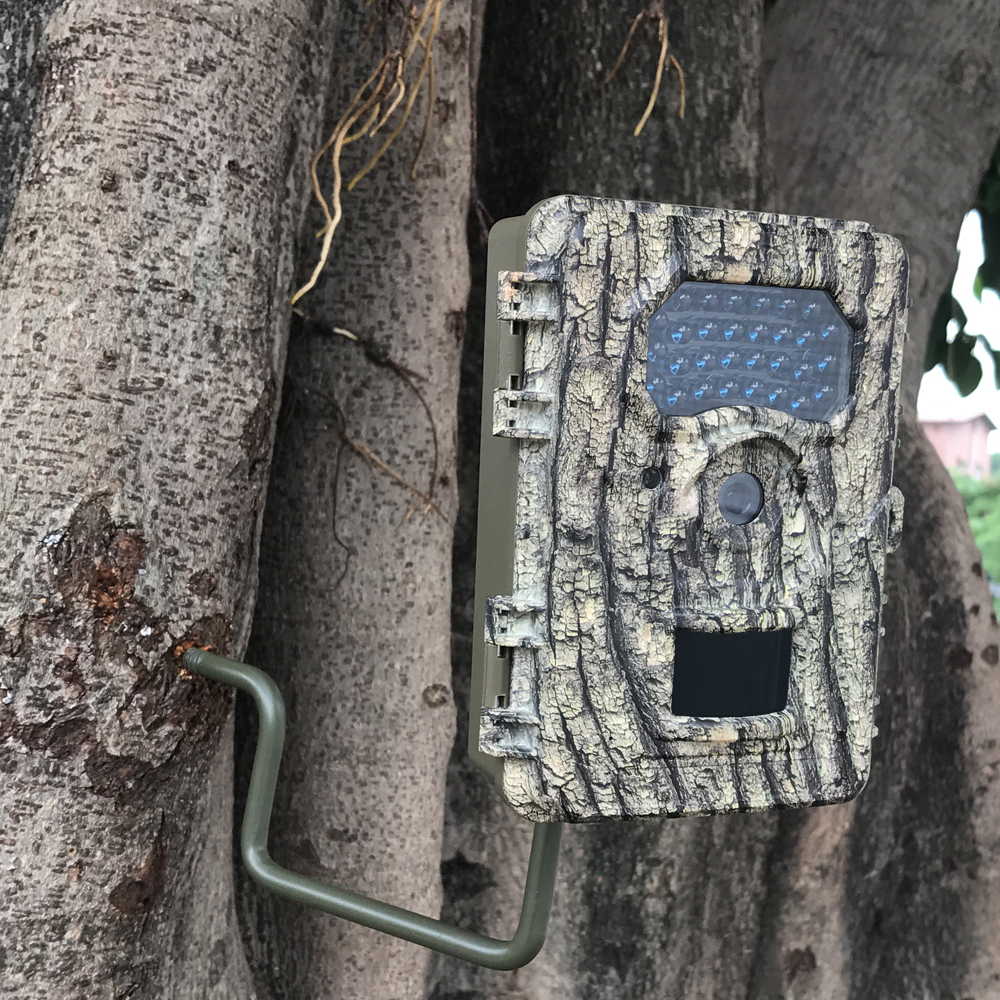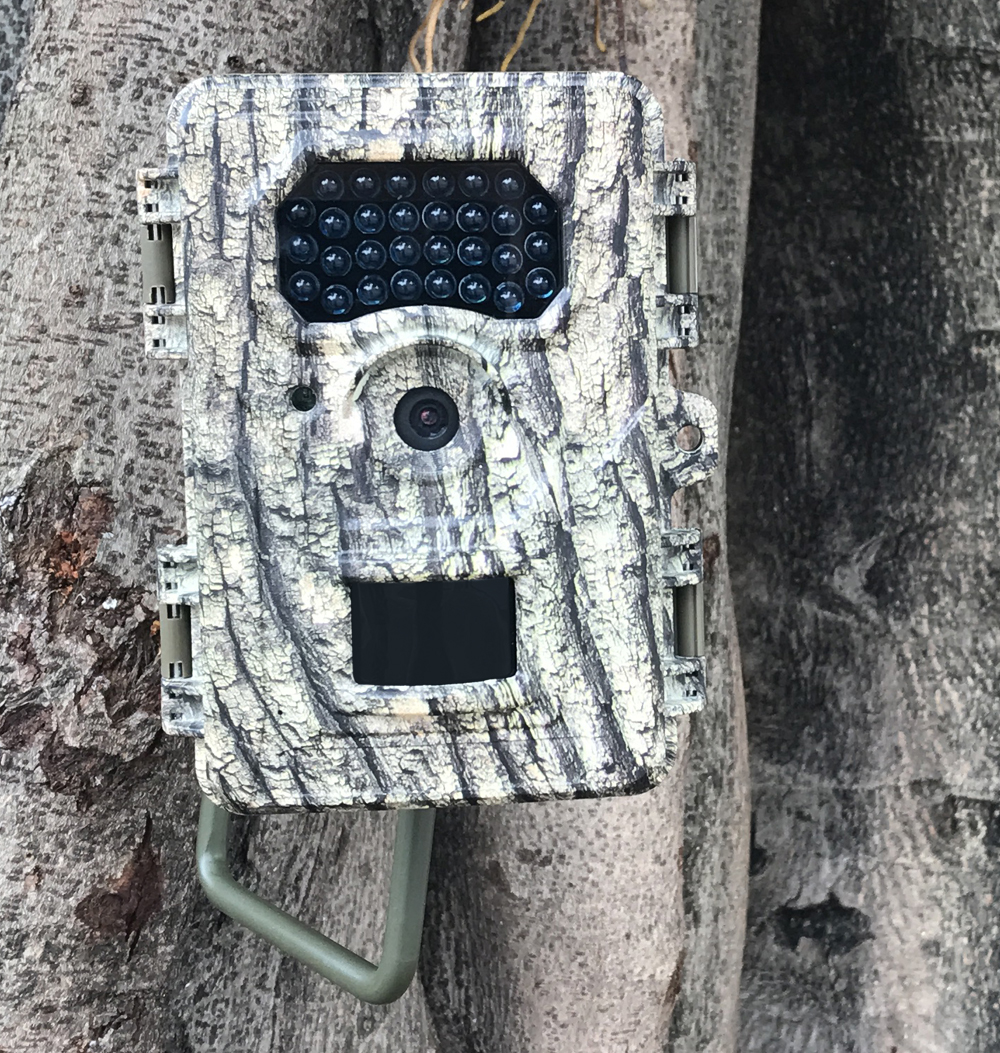There will be more and more sensors built in smart phones in the future. In addition to accelerometers, geomagnetic sensing (electronic compass), GPS global positioning systems, proximity sensors, and gyroscopes, many smart phones are more likely to use atmospheric pressure sensors in the future for altitude measurements. Once these data from accelerometers, gyroscopes, electronic compasses, and pressure sensors are integrated, it is expected that positioning services (position estimation) within the building will be realized, and the future positioning system will further enter a new era of 3D positioning.
The mobile device enters a new era of 9-axis sensing. It is understood that the acceleration sensor was originally used for landing detection of hard disk (HDD), and the angular velocity sensor was originally used for anti-shake of the camera and forward direction compensation of the car navigation system. Around 2005-2007, it began to be used for the detection of actions such as "vibration" and "tilt." And because such applications have been developed, mobile devices that can detect how the user moves the body through the acceleration sensor are also on the market. This includes the familiar Nintendo console "Wii" and Apple Inc.'s "iPhone". And other products.
The motion sensor is a general name of a sensor used to detect the physical motion amount of an electronic device, such as an acceleration sensor and an angular velocity sensor. In recent years, a large number of sensors have appeared on high-order mobile devices. Based on the output information of these sensors, the user can infer how "the user moves the device" and "how much distance the user has moved the device in which direction" for further device applications.
Since various mobile devices such as smart phones have recently been equipped with a large number of 3-axis acceleration sensors, angular velocity sensors, and geomagnetic sensors, the mobile device has officially entered a new era of “9-axis†sensing with three 3-axis sensors. Through this 9-axis sensor combination, the data it outputs can be used to extrapolate even more subtle user actions. For example, Pedestrian Dead Reckoning (PDR), in which a user's walking state is estimated in a room, and Augmented Reality (AR) in which a real space and a virtual space are linked to each other, seems to be increasingly widespread.
After the motion sensor enters a new era of 9-axis, application software has become important in addition to important parameters such as accuracy, size, and price. Moreover, these software must have the ability to match the output signal captured by the sensor, quickly and correctly interpret the information and make a relative response, and its importance will be higher and higher.
The importance of 9-axis sensing application software is increasing. In fact, the current ecosystem of smartphone application software continues to expand, and most of it needs to be attributed to MEMS sensors. MEMS sensors make users more fascinated with application software. Because mobile devices use MEMS sensors, users can now interact with the world in a more efficient manner, and MEMS sensors continue to improve the quality of life for users who use these sensors.
Apple Inc. has equipped an accelerometer in the iPhone, which can automatically switch the display from portrait display to landscape display. This kind of innovation has caused competitors to follow suit. At present, Apple also has a large number of innovative applications using the iPhone accelerometer, including games, health care, physical training and many new applications.
As smart phones incorporate various sensors, they have become more and more intelligent. The accelerometer responds to the user's interaction, making the traditional bland input work into a game-like novelty experience, which in turn increases the user's willingness to use the smart phone. In the past, the focus of smartphone comparisons was whether or not there were accelerometers. Currently, mobile phones have become MEMS gyroscopes, and it is more likely to incorporate barometers, temperature and humidity sensors in the future.
The current two camps of smart phones include Apple and Android. Apple has absolutely the ability to add new sensors to the iPhone because many developers are constantly developing new applications that use these sensors. Although other smart phone vendors are struggling to catch up, it is difficult to cross the gap in Apple’s App Store.
Android is trying to regain lost ground by competing with Apple’s app store Android Market. Android phone makers don't have to worry about the next killer app. Simply adding sensors, the app store will find the best way to use these sensors. The obvious trend is that without these sensors, the application software store will be difficult to popularize. The combination of an accelerometer, an angular velocity meter, and a geomagnetic sensor, which were originally used alone, will create the ultimate business opportunity for mobile phones.
The great advantage of Wildlife Trail Camera is that they can record very accurate data without the photographed animal. These data are superior to human observations, because they can be reviewed by other researchers. Wildlife Trail Camera minimally disturb wildlife and can replace the use of more invasive survey and monitoring techniques such as live trap and release. Wildlife Trail Camera operate continually and silently, provide proof of species presence in an area, can reveal what prints and scats belong to which species, provide evidence for management and policy decisions, and are a cost effective monitoring tool. Infrared Flash Trail Camera has low disturbance and visibility.


Wildlife Trail Camera
Wildlife Trail Camera, Wildlife Best Trail Camera, Travel Photography Camera, Wildlife Research Trap Camera, Infrared Flash Camera
Boskon (Asia) Technology Co Ltd , http://www.brekcam.com